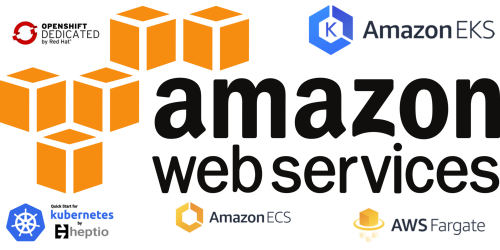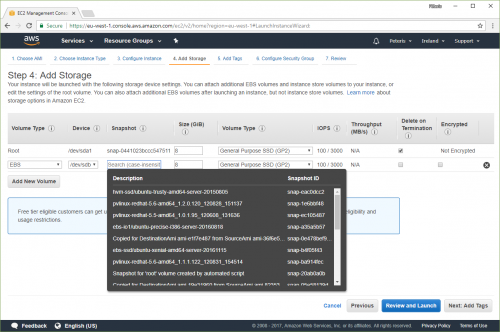“7 ways to do containers on AWS” covers a variety of different ways to run containers on the Amazon AWS cloud infrastructure. These include most of the usual suspects, like Amazon Elastic Container Service (ECS), Amazon Elastic Container Service for Kubernetes (EKS), and hand-rolled vanilla containers on EC2, as well as a few lesser known ones like templated Kubernetes and Amazon Fargate.
Tag: Amazon AWS
Getting the best performance out of Amazon EFS
Jeff Geerling shares his tips for “Getting the best performance out of Amazon EFS”. Given how (still) new the Amazon EFS is and how limited is the documentation of the best practices, this stuff is golden.
tl;dr: EFS is NFS. Networked file systems have inherent tradeoffs over local filesystem access—EFS doesn’t change that. Don’t expect the moon, benchmark and monitor it, and you’ll do fine.
Amazon AWS : Scaling Up to Your First 10 Million Users
This must be one of the greatest presentations on the Amazon AWS that I’ve ever seen. It uses a gradual approach – from small and simple to huge and complex. It covers a whole lot of different Amazon AWS services, how they compliment each other, at which stage and scale they become useful, and more.
Even quickly jumping through the slides gave me a lot to think (and Google) about.
How did you significantly reduce your AWS cost?
This Hacker News thread is full of tips, tricks, and references to reducing Amazon AWS costs. There is plenty of good advice from cleaning up the data and releasing unused resources, to monitoring the reserved instances usage, to moving data from elastic volumes to the Amazon S3 for cheaper storage and smaller traffic bills.
Persisting state between AWS EC2 spot instances
“Persisting state between AWS EC2 spot instances” is a handy guide into using Amazon EC2 spot instances instead of on-demand or reserved instances and preserving the state of the instance between terminations. This is not something that I’ve personally tried yet, but with the ever-growing number of instances I managed on the AWS, this definitely looks like an interesting approach.

